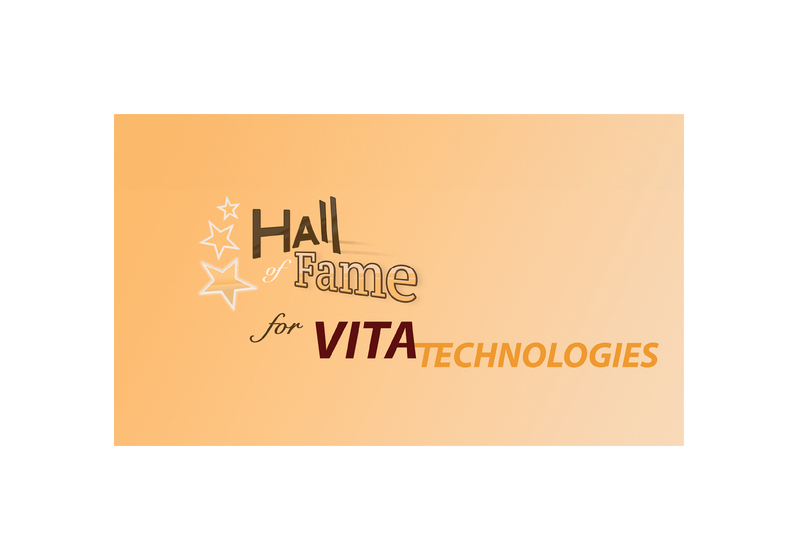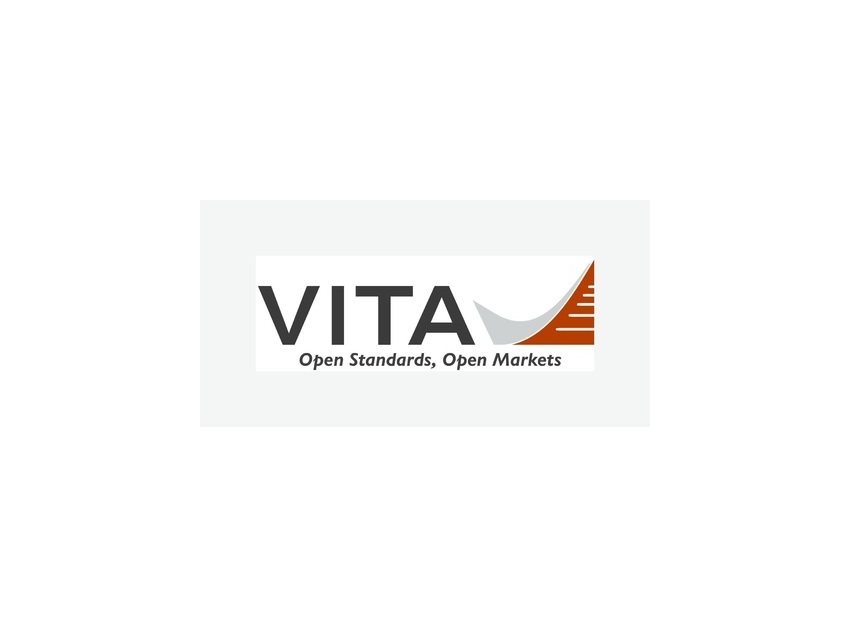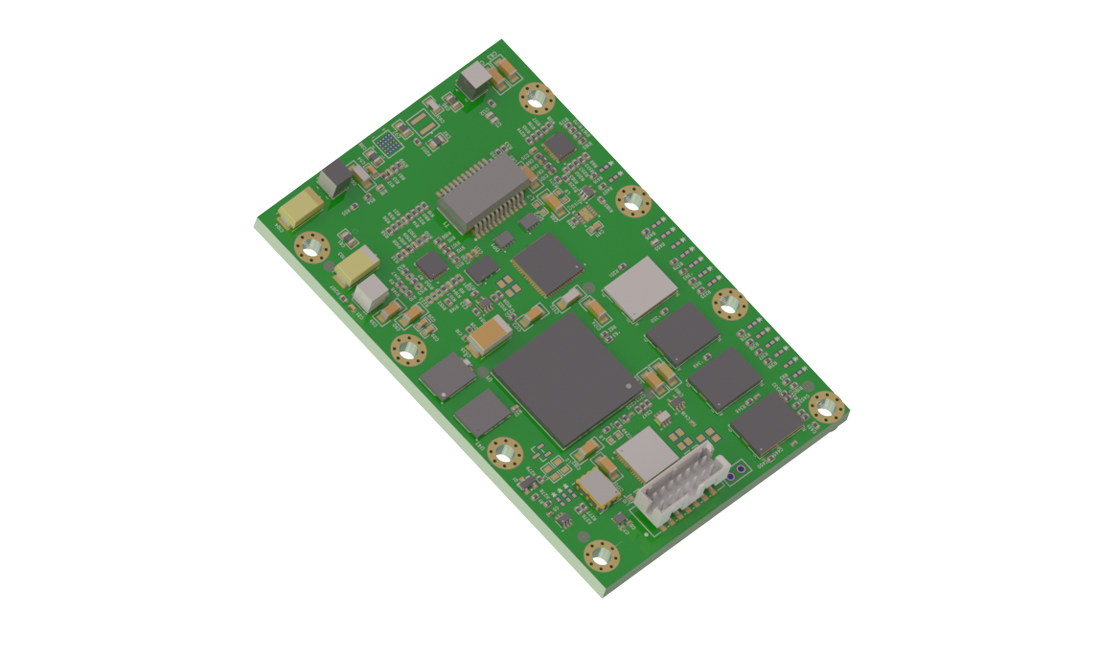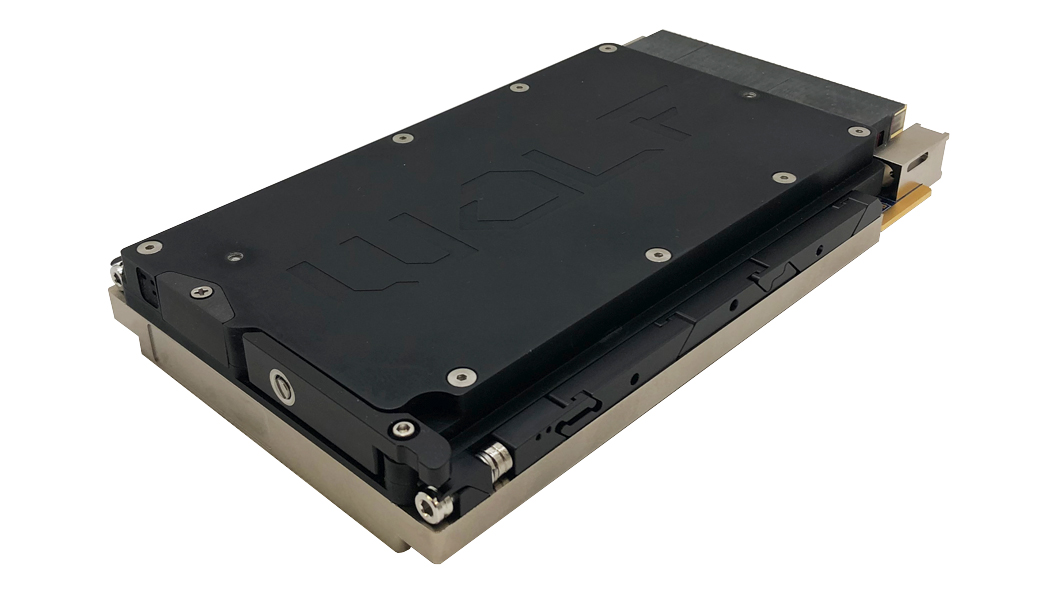The decline in technology markets has abated and new market segments are developing based on the application of new technologies on legacy products. There are several new VME market segments developing now and the VITA Standards Organization (VSO) has completed two specifications to foster growth, and take advantage of these new markets.
About three years ago, Arizona Digital demonstrated how VMEbus could run at speeds above 320 Mbytes/sec on the backplane with the application of 2-edged source-synchronous protocols (2eSST) and a star backplane configuration. Some backplane vendors showed that a traditional stitched backplane would also operate at those frequencies and dramatically improve the throughput of block transfers in the VME protocol set.
The VSO began working with Texas Instruments to define a new family of transceivers that would allow controlled rise time of the backplane signals to make the 2eSST protocols work even faster. All this work came together in the VITA 1.5-2003, 2eSST standard. But, we needed to insure that the new protocols and timing were accurate and the VSO voted to make this standard a trial use document for three years. That would give the industry time to verify the protocol, the timing, and the effectiveness of the new transceivers.
Testing has been completed and ANSI has now approved VITA 1.5 2003, 2eSST protocols, and timing. The market for this new technology is legacy customers and applications that have a heavy investment in specialized VME I/O devices and do not want to radically change their systems architecture. They can keep their legacy software and boards, and add new, faster boards to the systems they build. Customers attracted to this new set of technologies include MIL/COTS, high-end industrial applications, and scientific applications.
The 2eSST protocols have been implemented in new silicon from Thales (ALMA 2e) and Motorola Computer Group, in partnership with Tundra (The Tempe Chip). New designs are being developed now with both new VME chips and we will see products available in the next few quarters.
Another market segment developing in VME is the addition of fabrics to P-0 connectors. The VMEbus becomes the control bus while large data packets move on the P-0 data movers. The original P-0 connector is a 2mm HM connector that has a maximum bandwidth of about 1.2 GHz. For gigabit connections above that frequency, work is being completed on VXS with a higher frequency connector (2.5-5 GHz). But, in the interim, many customers have applications that can use Gigabit Ethernet on the original P-0 connector.
In June, ANSI approved VITA 31.1-2003, Gigabit Ethernet on VME64x. This new standard defines the pinouts of Gigabit Ethernet connections on the 2mm HM connector. These pinouts conform to PICMG 2.16 switched Ethernet cards, so they could be used in a VME64x system (the 2.16 boards use the same 2mm HM connector).
A number of customers have applications for V-31.1 Ethernet on P-0 and they requested this new standard. MIL/COTS, scientific, industrial, and medical customers have expressed interest in using this new addition to VME.
While the fabric wars between InfiniBand, RapidIO, and PCI-Express rage on, many customers wish to lower their risk and begin to develop systems with stable technologies like Ethernet, but retain their VME investment in boards and software. V-31.1 allows them to develop fabric-based systems without destroying their investments in VME boards and racks, and without being at risk that Ethernet will lose the fabric battle – making their investment rapidly obsolete.
These two new standards comply with the VITA philosophy of technology insertion – adopting and adapting new technologies to VMEbus with backward compatibility as the primary objective. All older VME boards will function perfectly in a V-1.5 or V-31.1 enabled system and create new performance capabilities without obsoleting customer investment.
For more information on these new specifications, go to the VITA Web site: www.vita.com






